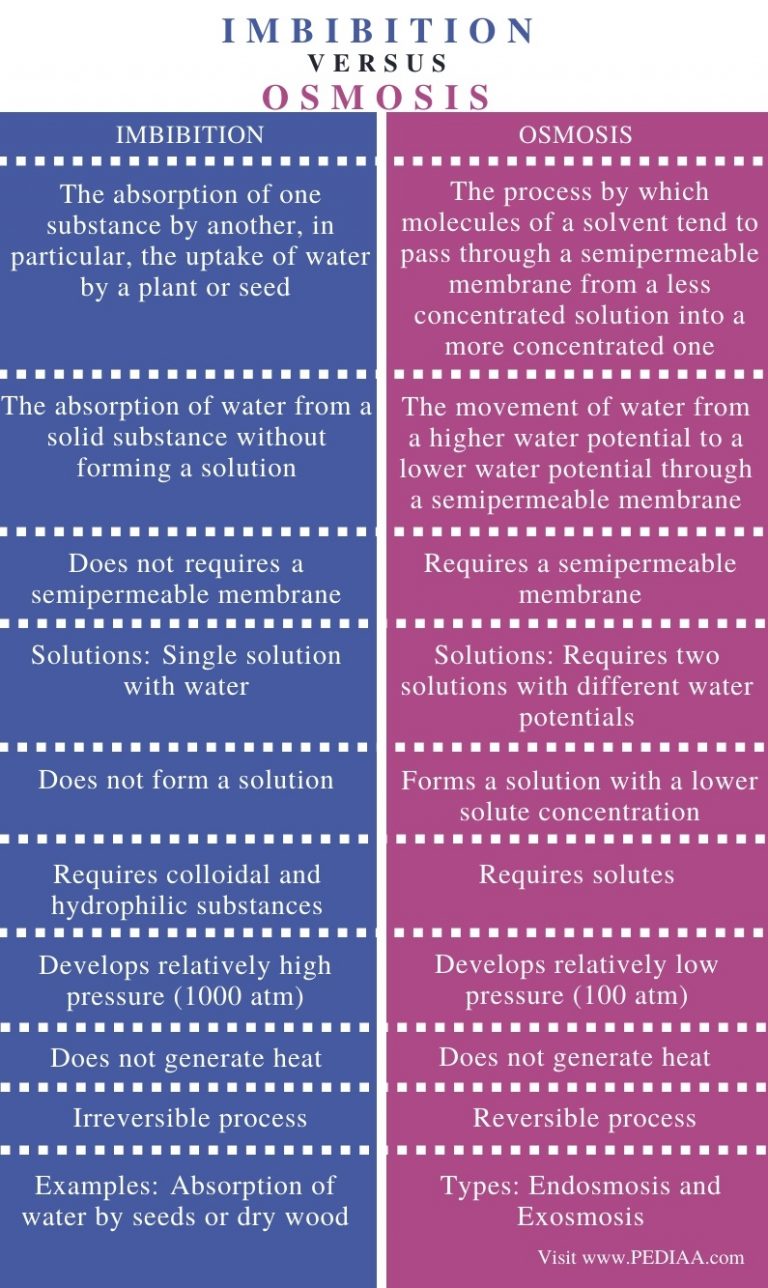

Some studies suggest that the secondary wall is lignified, and therefore, may not consist exclusively of suberin and waxes. The cellular wall consists of a thin, lignin rich middle lamella (internal primary wall), a thick secondary wall made up from alternating suberin and wax lamella and a thin tertiary wall of polysaccharides. Structure Ĭork presents a characteristic cellular structure in which the cells have usually a pentagonal or hexagonal shape. Cork stoppers were adopted in 1729 by Ruinart and in 1973 by Moët et Chandon. Cork stoppers were introduced at the beginning of the seventeenth century by the Benedictine monk Dom Pérignon, who used them to seal the bottles of his famous champagne. Nowadays, the majority of people know cork for its use as stoppers in wine bottles. In the second century AD, a Greek physician, Dioscorides, noted several medical applications of cork, mainly for hair loss treatment. In ancient Greece (1600 to 1100 years BC) cork was used in the footwear, to manufacture a type of sandals attached to the foot by straps, generally leather and with a sole in cork or leather. In China, Egypt, Babylon, and Persia from about 3000 BC, cork was already used for sealing containers, fishing equipment, and domestic applications. It is a material whose applications have been known since antiquity, especially in floating devices and as stopper for beverages, mainly wine, whose market, from the early twentieth century, had a massive expansion, particularly due to the development of several cork based agglomerates. Ĭork is a natural material used by humanity for over 5000 years. However, in general, cork is made up of suberin (average of about 40%), lignin (22%), polysaccharides ( cellulose and hemicellulose) (18%), extractables (15%) and others. Ĭork composition varies depending on geographic origin, climate and soil conditions, genetic origin, tree dimensions, age (virgin or reproduction), and growth conditions. Cork was examined microscopically by Robert Hooke, which led to his discovery and naming of the cell. The montado landscape of Portugal produces approximately half of the cork harvested annually worldwide, with Corticeira Amorim being the leading company in the industry. Because of its impermeable, buoyant, elastic, and fire retardant properties, it is used in a variety of products, the most common of which is wine stoppers.

Cork is composed of suberin, a hydrophobic substance. Cork is an impermeable buoyant material, the phellem layer of bark tissue that is harvested for commercial use primarily from Quercus suber (the cork oak), which is native to southwest Europe and northwest Africa.


 0 kommentar(er)
0 kommentar(er)
